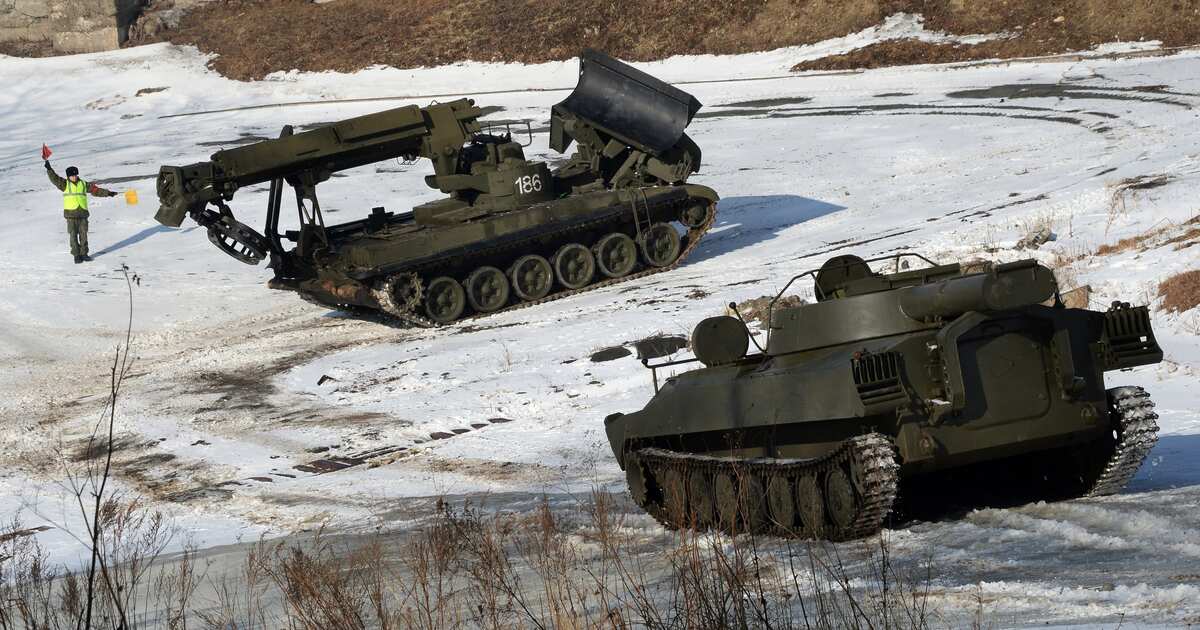Landmines and explosive remnants of war continue to endanger civilian lives long after conflicts end. However, innovative technologies are now helping clear these dangerous devices efficiently and safely. This article discusses some of the latest mine clearance systems that are being deployed around the world to remove explosives from the ground and return land back to communities.
Remote-Controlled Machines Lead the Way
One of the most significant advancements has been the development of remote-controlled machines for mine detection and clearance. Using robots prevents risk to human lives as they can detect and destroy landmines from a safe distance. Some commonly used remote-controlled systems include vegetation cutters, mine detection vehicles, and mine-flails.
Vegetation cutters are multi-engined machines that drive over minefields and cut tall grass or brush to clear visibility. This initial preparation helps later stages of mine clearance. Mine detection vehicles come equipped with arrays of sensors like metal detectors, ground penetrating radar and thermal cameras. By scanning large areas methodically, they can identify buried mines and unexploded remnants without the need for manual prodding.
Mine flails are destructive machines with rotating chains or clusters of heavy metal chains suspended from an arm or boom. As they move through a field, the flails pulverize the ground, setting off any mines buried below. The use of these flails allows clearance to happen rapidly while keeping people safe from detonations. Modern flails can clear land ten times faster than manual demining. Other advances like excavators fitted with cutting or crushing arms have also automated parts of the clearance process.
Drone Technology Emerges as Useful Tool
In recent years, drones or unmanned aerial vehicles (UAVs) have also emerged as valuable assets for humanitarian mine action. Their aerial vantage points allow inspecting wide areas that may not be accessible on foot. Thermal and optical cameras mounted on drones can scan for anomalies beneath vegetation overgrowth to indicate possible mine locations for later investigation.
During clearance, drones help monitor the safety of crews working on the ground. They can also deliver first aid kits or other emergency supplies to treatment sites quickly in case of accidents. Some demining groups are testing the use of drones to drop small explosive charges to remotely detonate landmines for clearance from above. While still experimental, such uses show drones enhancing efficiency and safety of mine clearance missions.
Digital Tools Augment Field Operations
Modern Mine Clearance System leverages not just machines but digital tools as well. Field teams use tablets, mobile apps and cloud-based platforms to plan routes, log cleared zones, and submit real-time data and GPS coordinates. This allows monitoring progress from anywhere and maintaining central databases of contamination.
Some apps even integrate drones and detection vehicle data to overlay high resolution images and sensor readings on digital minefield maps. Clearance tasks can then target confirmed hazardous zones precisely based on integrated analysis. Managers gain visibility to efficiently plan operations, monitor productivity and resolve issues remotely. Digital solutions streamline documentation tasks like impact surveys and help evaluate clearance standards before returning land to local communities.
Capacity Development and Training Needs
While technology pushes the field forward, developing skilled local human resources remains a challenge in many mine-affected regions. To sustain clearance programs long-term, focus on building national capacities and training is vital. Many non-profit organizations provide technical assistance and run demining schools to develop the next generation of scientists, engineers and clearance experts within countries.
Specialized training simulators also help prepare crews for field conditions safely. Virtual reality systems realistically replicate minefields and detection equipment to train on drills, hazard awareness and accident response without risk. Such simulators prove useful for skills retention especially in times where actual fieldwork may halt due to issues like pandemic lockdowns or fighting. Continued investments in capacity development alongside technology ensures benefits of clearance scale sustainably into the future.
Recent advancements in remote-controlled machines, digital tools and analytics as well as emerging technologies like drones have significantly enhanced the effectiveness and safety of landmine and explosive remnant clearance missions globally. Combined with sustained efforts to develop skilled human resources locally, communities affected by conflict can look forward to regained safe access to livelihood assets and development in the coming years. While contamination challenges remain extensive, ongoing improvements position the mine action sector well to overcome obstacles and return more land back to productive civilian use.
*Note:
1. Source: Coherent Market Insights, Public sources, Desk research
2. We have leveraged AI tools to mine information and compile it

